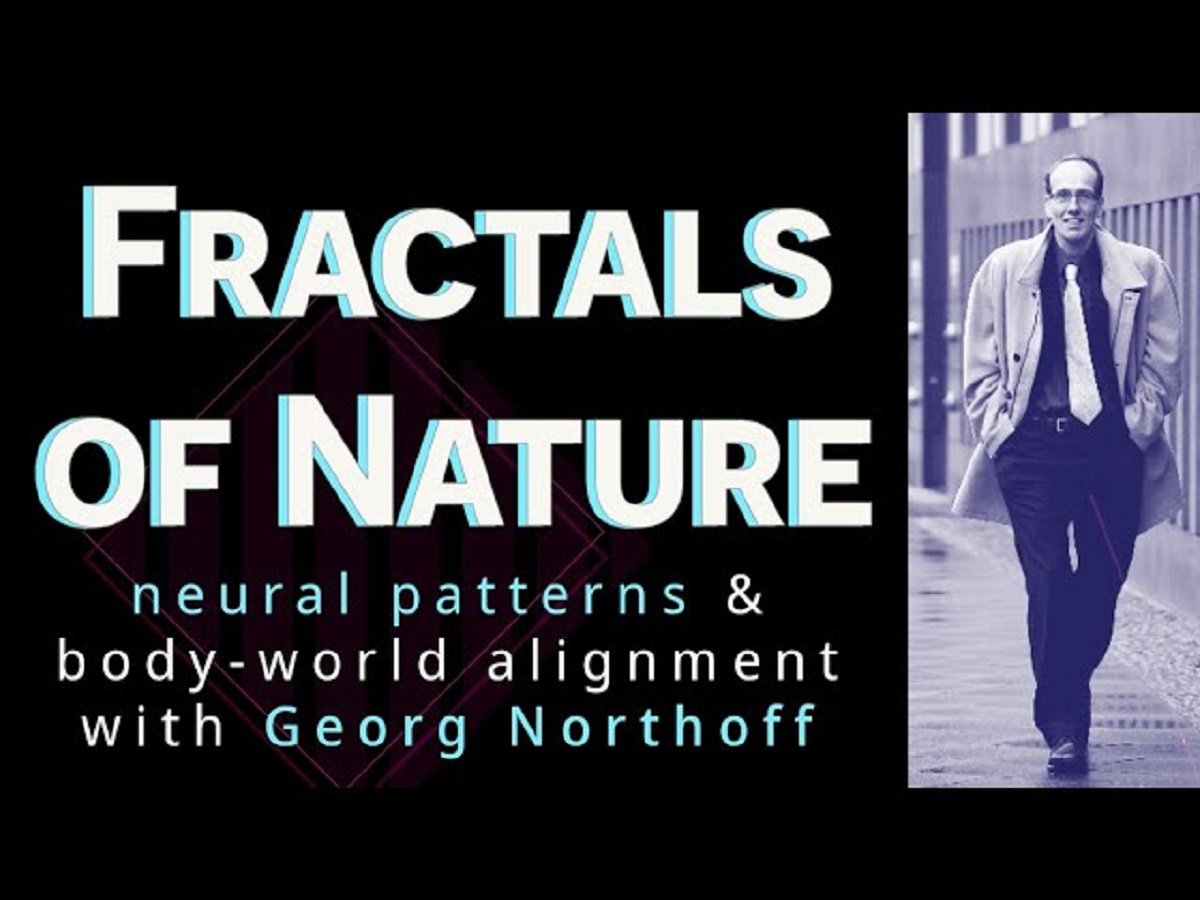In the modern landscape of mathematics and philosophy, the term “fractal” evokes images of complex, self-replicating patterns that exist both in the abstract world of mathematics and in the natural world. At first glance, the mathematical study of fractals might seem far removed from the metaphysical inquiries of 17th-century philosopher Baruch Spinoza. However, a closer look reveals intriguing connections between the two. Especially when we consider how both fractals and Spinoza’s philosophy share an underlying sense of unity, infinity, and the infinite complexity of nature. This article will explore how the concept of fractals can shed light on Spinoza’s ideas and how Spinoza’s philosophy offers a deep philosophical framework that complements the mathematical beauty of fractals.
What Are Fractals?
Fractals are mathematical sets characterized by self-similarity. Meaning that the structure of a fractal looks similar at any scale of magnification. They are shapes or patterns that repeat themselves infinitely, with each smaller portion of the shape mirroring the whole. Fractals are often described using equations, and they can be found in a variety of natural phenomena. From the branching of trees and blood vessels to the rugged contours of coastlines.
The term “fractal” was coined by mathematician Benoît B. Mandelbrot in the 1970s, though the concept itself can be traced back to earlier mathematical works. One of the most famous examples of fractals is the Mandelbrot set, a complex and infinitely intricate set of points that reveals increasingly complex patterns as you zoom in on its boundary.
Spinoza’s Philosophy: A Unified Vision of Nature
Baruch Spinoza (1632–1677) was a Dutch philosopher known for his work in ethics, metaphysics, and epistemology. His most famous work, Ethics, presents a vision of the universe where everything is interconnected and part of a single, infinite substance, which he referred to as “God or Nature” (Deus sive Natura). Spinoza rejected the traditional dualism of mind and body, proposing instead a monistic worldview in which all things physical and mental, animate and inanimate are manifestations of the same substance.
For Spinoza, God is not a transcendent being existing outside of nature but is identical with nature itself. This radical pantheism suggests that everything in the universe is a part of the divine, and that God’s attributes. Such as thought and extension are expressed through the natural world. In Spinoza’s system, everything that happens is a result of the unfolding of the infinite laws of nature, where everything is interconnected and reflects the unity of the divine.
Fractals and Spinoza’s Unity of Nature
One of the most striking connections between fractals Spinoza philosophy lies in their shared emphasis on unity. In both cases, the underlying structure of reality is a continuous, unified whole, which can be understood through the lens of infinite complexity.
Fractals, by their nature, are self-similar at every scale. This means that the smaller parts of a fractal reflect the same patterns as the larger whole. The complexity of the structure appears infinite, and yet it is derived from a single, simple rule or equation. This idea resonates with Spinoza’s notion of substance. Where the entire universe is a single, unified entity that is infinitely expressive and infinitely complex. Just as a fractal reveals more detail the further you zoom in, the infinite substance of God or Nature, according to Spinoza. Expresses itself infinitely in different forms, from the simplest to the most complex.
In Spinoza’s terms, everything that exists is a mode of one substance. This suggests that the complexity of the universe can be understood as a kind of unfolding of the essential nature of God or Nature. Much like the unfolding of fractals as they reveal more detail with each magnification. The repetition of patterns at different scales in fractals can be seen as a reflection of the eternal unfolding of nature’s laws in Spinoza’s philosophy.
The Infinite Complexity of Nature
Fractals also illuminate Spinoza’s idea of the infinite complexity of nature. Spinoza argued that nature operates according to deterministic laws, where every effect has a cause, and everything in the universe is interconnected in a web of cause and effect. Similarly, fractals reveal an infinite complexity that is governed by simple mathematical rules. At first glance, the complexity of a fractal might seem arbitrary. But it is, in fact, the result of the interplay of basic recursive patterns.
Spinoza’s conception of nature is deeply interconnected and infinite. His idea of an eternal and infinite substance allows for an endless unfolding of nature’s patterns. Much like a fractal that has no true “end” and continues to reveal its complexity with every magnification.
The Fractal Universe: An Embodiment of Spinoza’s Philosophy
In the 21st century, the rise of fractal geometry and the discovery of fractals in nature have given us a new way of understanding the world around us. These geometric structures can be seen as a visual representation of Spinoza’s metaphysical framework. A unified, infinite, and complex universe that is a manifestation of a single substance.
Just as fractals display infinite complexity derived from simple rules. Spinoza’s vision of nature is one where the infinite diversity of the world is the result of a single, underlying substance. Every part of the universe, like every part of a fractal, reflects the whole, and every event is an expression of the unfolding of nature’s laws.
Conclusion
The concept of fractals provides a powerful metaphor for understanding the intricate, interconnected nature of reality as envisioned by Baruch Spinoza. Both fractals and Spinoza’s philosophy reveal a world that is infinitely complex yet unified, where every part reflects the whole. In Spinoza’s worldview, the divine is not separate from the world but is expressed through every aspect of nature. In a similar vein, fractals serve as a mathematical model that illustrates the endless complexity of nature. Revealing that even the smallest part of the universe is an expression of a deeper, unified structure.











